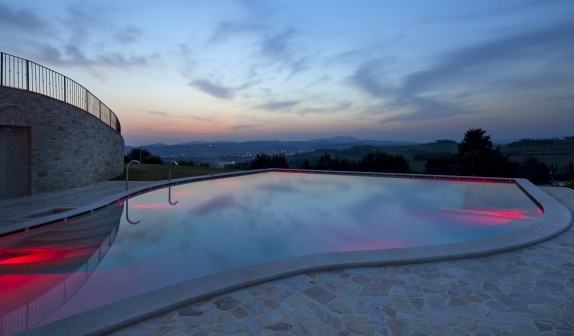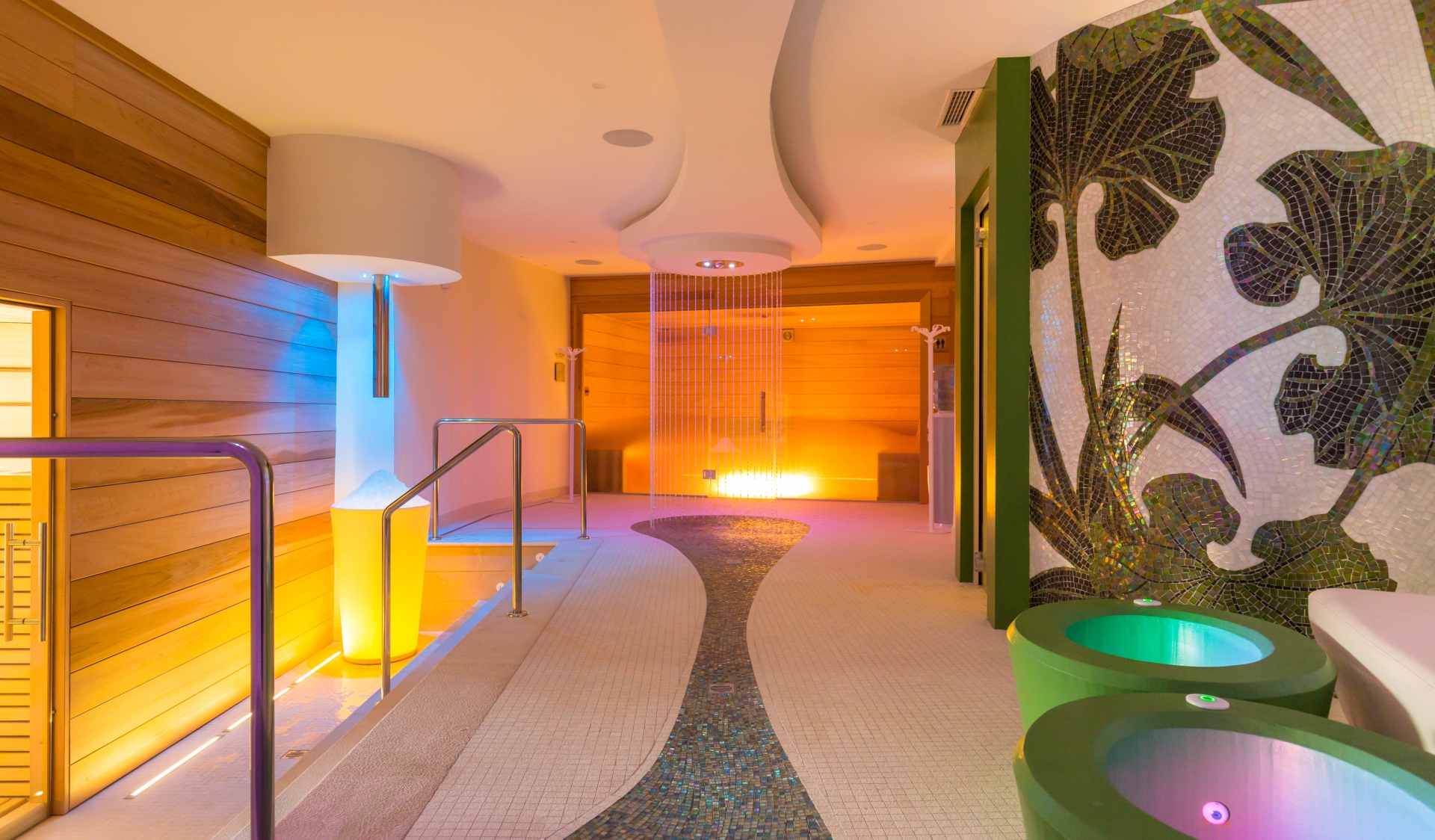
We are continuing our cycle of interviews with spa architects on the themes of environmental awareness and zero impact when designing a spa. We spoke with architect Silvia Giannini, considered one of the leading experts on luxury spa design in Italy.
Let's start at the beginning. In taking on a new project, which guidelines must be taken into consideration for every project, and which vary from one project to the next? Is there a way to transfer these concepts to the spa client?
Probably the only rule that is fundamental to the project is the approach, which means evaluating each project as unique! It is fundamental to start from the right path, from the quality of the equipment, but also from strategic evaluations of the context: this allows you to create an original design, which is what is initially perceived by the spa client. From there you consider acoustic and thermal comfort. Spas require individual temperature control for the various environments, which are sometimes personalized by the client (for example in the treatment rooms): the application of energy is very significant. This is why considering the project from an energy standpoint is essential. And this is not a simple question of design: the technology must be integrated into the architectural design.
For you as an architect, what does sustainable, zero-impact design mean? And how do you apply this concept to the spa?
Sustainable, zero impact design means evaluating renewable sources, using the proper insulation for window fixtures and walls, and implementing energy independence, though this is already imposed by the laws in effect. What we can do in addition to this is introduce a series of practices that reduce waste, such as avoiding energy loss: using covers for heated outdoor pools reduces the energy needed to maintain their warmth; using systems to reduce water waste; installing structures to shield from the sun instead of increasing air conditioning; recovering heat from any existing hot springs instead of wasting it. These are all practices that translate to significant energy savings.
GALLERY-TAG
When designing a spa, you must put a lot of attention into creating an atmosphere that fosters well-being and relaxation. Are there certain materials that are successful in creating this sort of atmosphere?
Perhaps the only "material" that really makes a difference in the atmosphere is light. Black or white, natural materials or highly technical materials, they take on totally different significance depending on how they are combined and emphasized with light. In one project - Borgo Brufa Spa - I designed a "star room", which was a relaxation room that was completely black, almost a-metric, where the only lighting element was a bundle of optic fibers that lit the floor, ceiling and walls, creating one of the most appealing ambiances in all of the spa.
Still on the subject of materials, which could be considered sustainable, both in terms of energy consumption and use (thinking of possible manipulation to make them more usable, as well as for their disposal)?
I don't know if it is possible to talk about actual zero impact materials. Obviously, natural materials are easily disposed of, but even though they may be the obvious choice, they are not always the best from an environmental perspective. In reality, the ideal choice would be to use the most local, natural materials possible! Using materials that are certified sustainable in the production process, that are natural or that do not have to be transported hundreds of kilometers, seems to me the best compromise.
What is the biggest challenge in reconciling the concept of sustainability in the world of spas? And coming back to the client, do you think there is a correlation between the use of beneficial materials for the ambiance of the spa and the well-being of the spa's clients?
The very nature of a spa is tied to the well-being of its clients, and this cannot be separated from the environmental issue. But we cannot deny that spas are energy-consuming establishments that have negative impacts on the environment, just as every man-made transformation does. The compromise is to accept nature and operate through a balance of energy savings and the use of sustainable materials. Management must then implement systems to reuse materials and reduce waste, which we architects must include in our project designs.
Allow me to expand their circle: designing according to the specifications already outlined affects not only the spa's clients, rather, the green philosophy applied to the buildings affects the general well-being of the planet.




